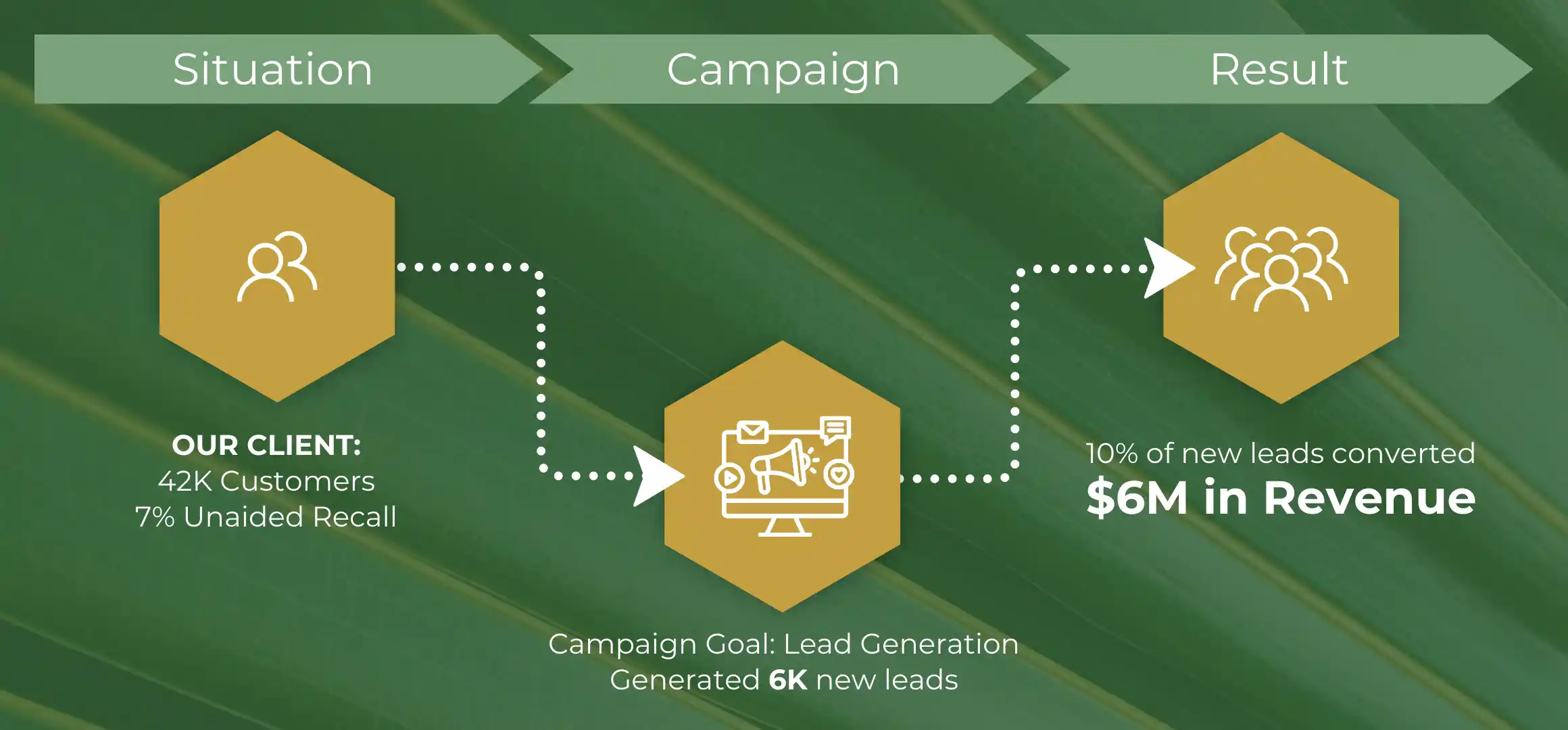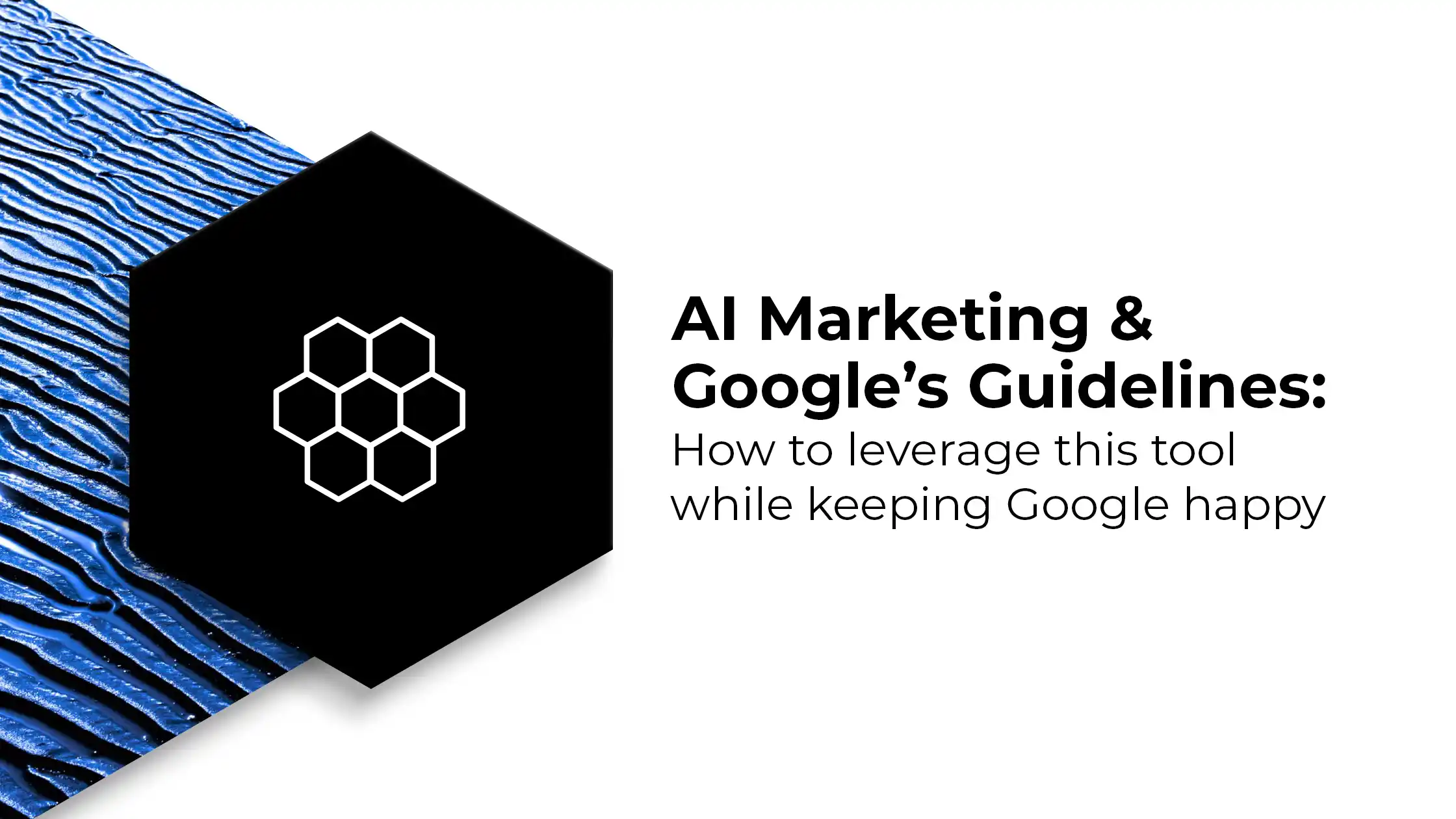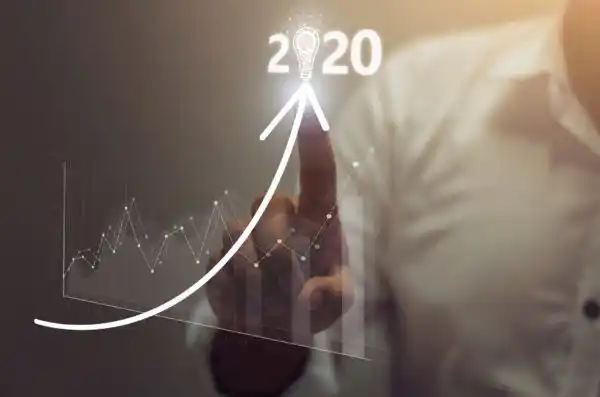
How many times have you started crafting a marketing budget, only to pause to scratch your head and then wildly guess how much to allocate for brand awareness?
Don’t worry. You’re not alone.
Most brands struggle with their brand awareness budget (okay, most brands don’t have one) largely because conventional thinking still believes there’s no way to calculate the ROI of brand awareness.
But one group has long adopted a fresher perspective…
Category leaders in all verticals spend roughly 50% of their budget on brand awareness.
And according to the Annual CMO Survey from Deloitte, Duke’s Fuqua School of Business, and the American Marketing Association, many CMOs wish they could spend even more on top of funnel awareness.
Think category leaders can get away with diverting HALF their budget to an activity that’s impossible to connect to an ROI?
Brand awareness ROI absolutely can be measured.
Keep reading because our marketing mathletes are about to share the easy-to-use equations we use for measuring ROI for brand awareness.
This is the exact information brand leaders need to know how much to spend and where to spend it for the biggest contribution to the bottom line.
Below, we’ll cover:
- A quick definition of brand awareness
- Aided vs unaided recall
- 5 big benefits of brand awareness
- How to measure ROI for brand awareness
- Use our #8thgradealgebra equations or let the ROI Marketing Calculator do the heavy lifting for you.
What is brand awareness?
Let’s begin by defining brand awareness, in case you’re not, um, aware of what it is and how valuable it can be.
Brand awareness refers to how well your products or services are recognized by your target audience.
Think about every time you’ve sneezed and asked for a Kleenex, soothed a boo-boo with a Band-Aid, or Googled a search term. These terms are not descriptors for actual items or verbs, but trademarked brand names.
These brands have become so popular and well known that they’ve reached the North Star of brand awareness and own their product category as if there’s no other brand in the category (when, in fact, there is).
Why does aided and unaided recall matter?
Another more pragmatic way to look at the strength of brand recognition is through aided and unaided recall.
For instance, when you ask someone if they’ve heard of Nike, and they say yes, that’s aided recall.
Conversely, if you ask them to name the best brands for tennis shoes and they say Nike and Adidas, that’s what’s known as unaided recall.
Highly successful brand awareness campaigns cultivate both forms of recall.

5 benefits of brand awareness
1. Familiarity and trust
When a customer/client is headed toward a purchasing decision, brand awareness ensures they think of you. And rather than just consider you, the goal is for the audience to view your brand as trustworthy and credible. This provides a competitive advantage, higher conversion rates, and long-term loyalty.
2. Referrals and word-of-mouth marketing
Brand awareness can lead to a significant reduction in customer acquisition costs, because traffic can be attributed to existing customers or formalized referral sources instead of expensive paid ads. Speaking of which…
3. Highly cost-effective growth
This one is substantial enough to warrant its own spot on this list. Brand awareness (of which top of funnel SEO is a sizable component) helps new customers/clients discover your brand and start moving down the funnel. This represents a stream of leads who were acquired at a fraction of the cost of virtually every paid media campaign out there.
Brand awareness isn’t a fluffy “Ohh we’re popular in our niche, how nice!” accomplishment. This is a strategic deployment of marketing dollars for the highest possible ROI.
4. Market expansion
When brands are ready to scale beyond their existing region or continent, brand awareness is a key component of establishing yourself in new geographical locations and making inroads with new customer segments.
5. Supports mid and lower funnel campaign activity
Brand awareness is not a marketing silo – it paves the way for the rest of the funnel. This reduces the lift required in your middle and lower funnel campaigns. We don’t debate that spend needs to happen across the entire funnel, but heavily spending on top of funnel brand awareness lubricates spend at the lower phases. Stretch those dollars as far as possible.
6. And there’s more! Brand awareness also helps brands to:
- Attract partnerships, collaborations, and new investors
- Activate brand extensions into new product or service categories
- Weather any crises or negative publicity
Why is brand awareness important?
If the above wasn’t compelling enough for you, let’s try it another way.
Think about your own buying behaviors…
Particularly with higher price tag investments, you don’t just plop down your credit card on a whim, right? Okay, maybe sometimes. But in general? We all try to be thoughtful with how we spend our cash.
That thoughtfulness usually involves steps like conducting your own research, reading reviews, and comparison shopping. During this decision-making process, brand awareness can make all the difference.
Strong brand awareness efforts result in customers searching for your name rather than your product category, and your brand terms will always be exponentially cheaper than your category terms.
And as people become more aware of your brand, they’re more likely to engage through direct or organic means, which is even cheaper still.
All because—and no surprises here—a strong brand promotes trust, which encourages loyalty, repeat purchases, and positive testimonials and recommendations.
How do you measure ROI for brand awareness?
The best way to measure your company’s branding success is to calculate your brand awareness ROI.
In the world of digital marketing, this ROI is predictable, measurable, and repeatable following two simple steps and basic formulas.
Step 1: Build a budget to achieve your awareness goals.
Step 2: Now that you’ve got tangible KPIs, measure the impact by tracking the increase in opportunity to prove ROI.

Did the math just get too mathy?
No worries. Here’s a mini client-partner case study as an example:
A highly specialized B2B client was targeting small businesses in the US—about six million of them. The company’s unaided recall was roughly 7%, which shakes out to roughly 42,000 customers.
By raising unaided awareness by one percentage point, we added 6,000 new opportunities.
Around 10% of these opportunities closed, creating 600 new customers at a value of $10,000 each—a total of $6 million revenue increase. The campaign cost around $1 million across media channels.

No confused head scratching or holding a finger to the wind guesswork required.
#8thgradealgebra was all we needed to show that raising brand awareness converted more customers and produced a significant ROI on brand investment.
TL;DR on Brand Awareness ROI
- Leading brands spend around 50% of their entire marketing budget on brand awareness.
- Measuring brand awareness ROI is vital for justifying spend and evaluating the effectiveness of your campaigns.
- Brand awareness builds brand equity, which can help you stand out from the competition, increase customer loyalty, and reduce spend on expensive keywords in unaided recall.
- Based on existing numbers and campaign testing, there are easy-to-use formulas to track and calculate brand awareness ROI. Scroll up for the math!




